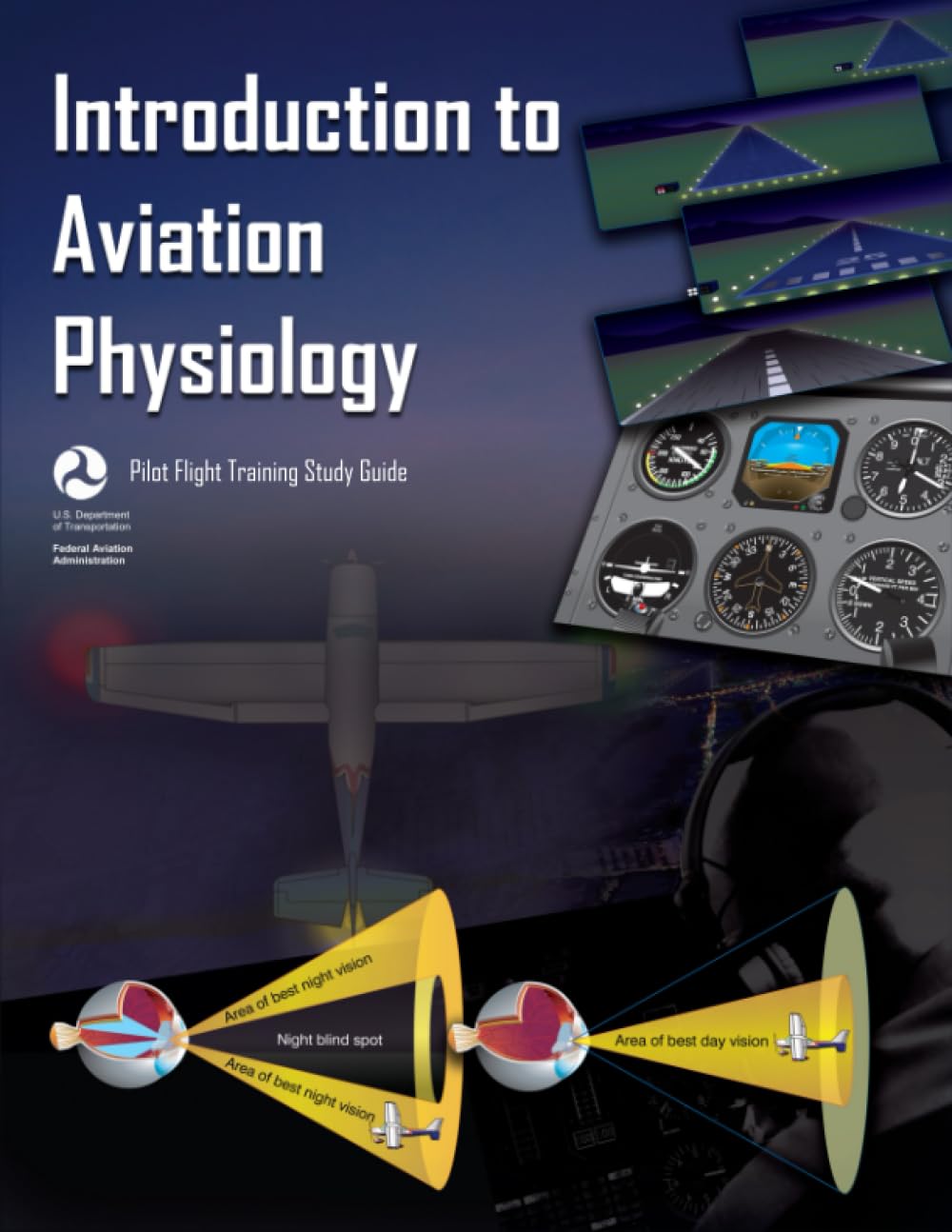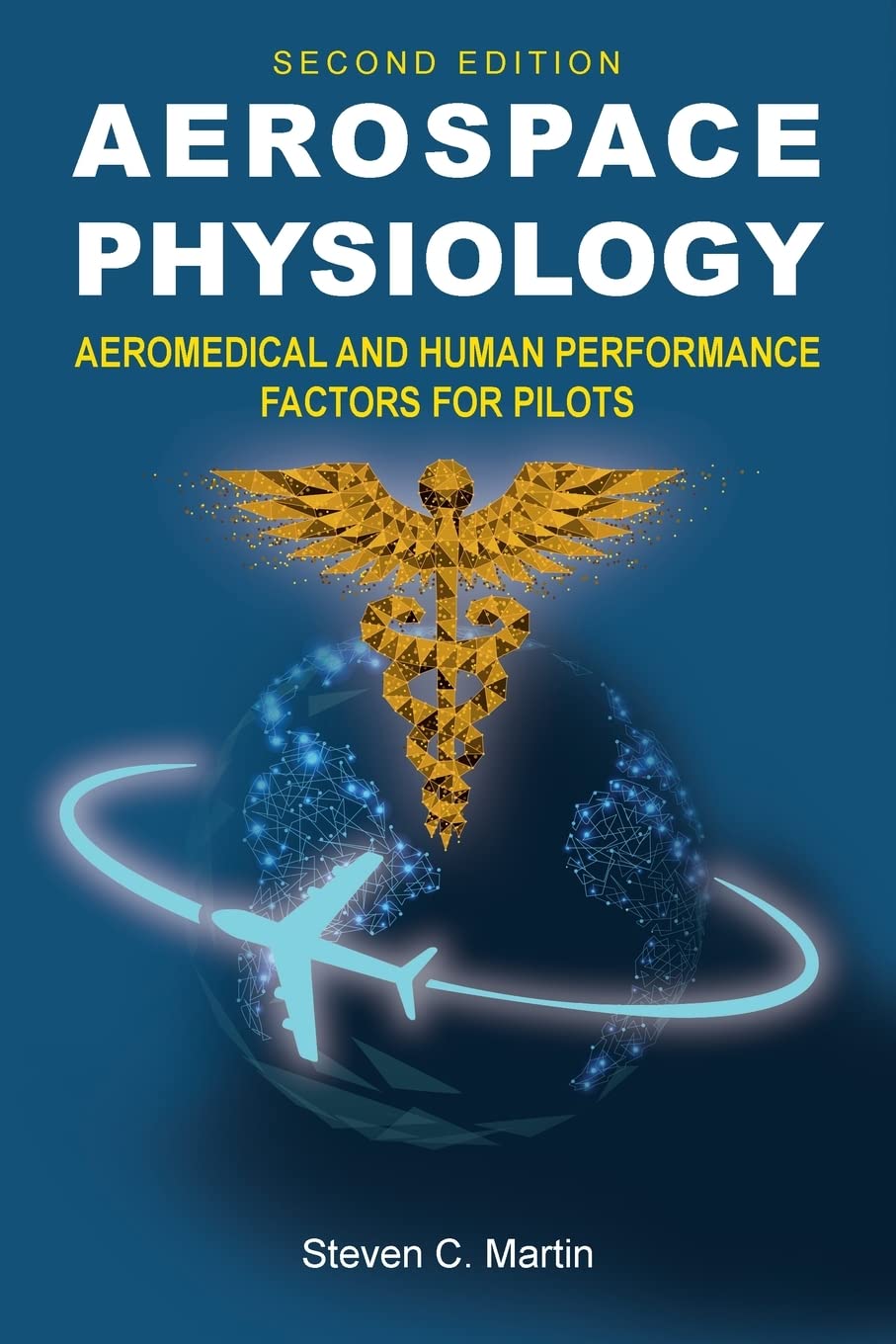Winner of the AIAA Summerfield Book Award and the Aviation/Space Writers Association Award of Excellence, this best-selling textbook presents the entire process of aircraft conceptual design-from requirements definition to initial sizing, configuration layout, analysis, sizing, optimization, and trade studies. Widely used in industry and government aircraft design groups, Aircraft Design: A Conceptual Approach is also the design text at major universities around the world. A virtual encyclopedia of engineering, it is known for its completeness, easy-to-read style, and real-world approach to the process of design.
In this sixth edition Dan Raymer has expanded and updated his presentation of fast-moving technologies, added lots of new material, and re-written introductory material to make it even more 'user-friendly.' Given the ever-growing importance of electric propulsion, he has added a whole new chapter entitled Electric Aircraft. This presents technologies, design-to guidance, and rules of thumb, and offers electric aircraft performance and sizing equations derived in a format familiar to those designing conventionally-powered airplanes.
This encyclopedic book covers every topic necessary to the understanding of aircraft design. Preliminary sizing, aerodynamics, structures, stability and control, propulsion, configuration layout, performance, cost analysis, and much more are all presented starting from first principles and building to a set of tools allowing the reader to actually do a realistic job of aircraft conceptual design. All topics are presented from the point of view of the aircraft designer, not the specialist in any given topic area.
After 19 chapters detailing the way to design 'normal' aircraft, Raymer concludes with four more chapters describing the design of more-exotic flight vehicles including electric aircraft, helicopters, vertical takeoff jets, hypersonic aircraft, launch vehicles, airships, flying wings, forward-swept wings, asymmetric airplanes, and much more. Enjoy!
|
Technology is ever-changing -- in the field of aircraft avionics, new systems may require a different approach to testing. The Federal Aviation Administration (FAA) revises its regulatory material as a result of system updates and therefore requirements for airworthiness testing also need to be updated.
Test and Evaluation of Aircraft Avionics and Weapon Systems, 2nd Edition is a unique training book which serves as both a text and practical reference for all personnel involved in avionics and weapons system evaluation and testing, in the air and on the ground. Whether training pilots and personnel or planning to test systems, this book provides readers with the fundamentals and practical information needed to get the job done.
This new edition has been updated and expanded to offer additional chapter exercises plus three new chapters;
- UAV technology has exploded on the scene, therefore creating a high demand for a guide to UAV testing,
- Operational Test and Evaluation is a specialised form of testing accomplished by the end-user before final acceptance of the product,
- Night Vision Systems and Helmet Mounted Displays are also newer technologies advanced in the revised edition.
|
 |
|


















